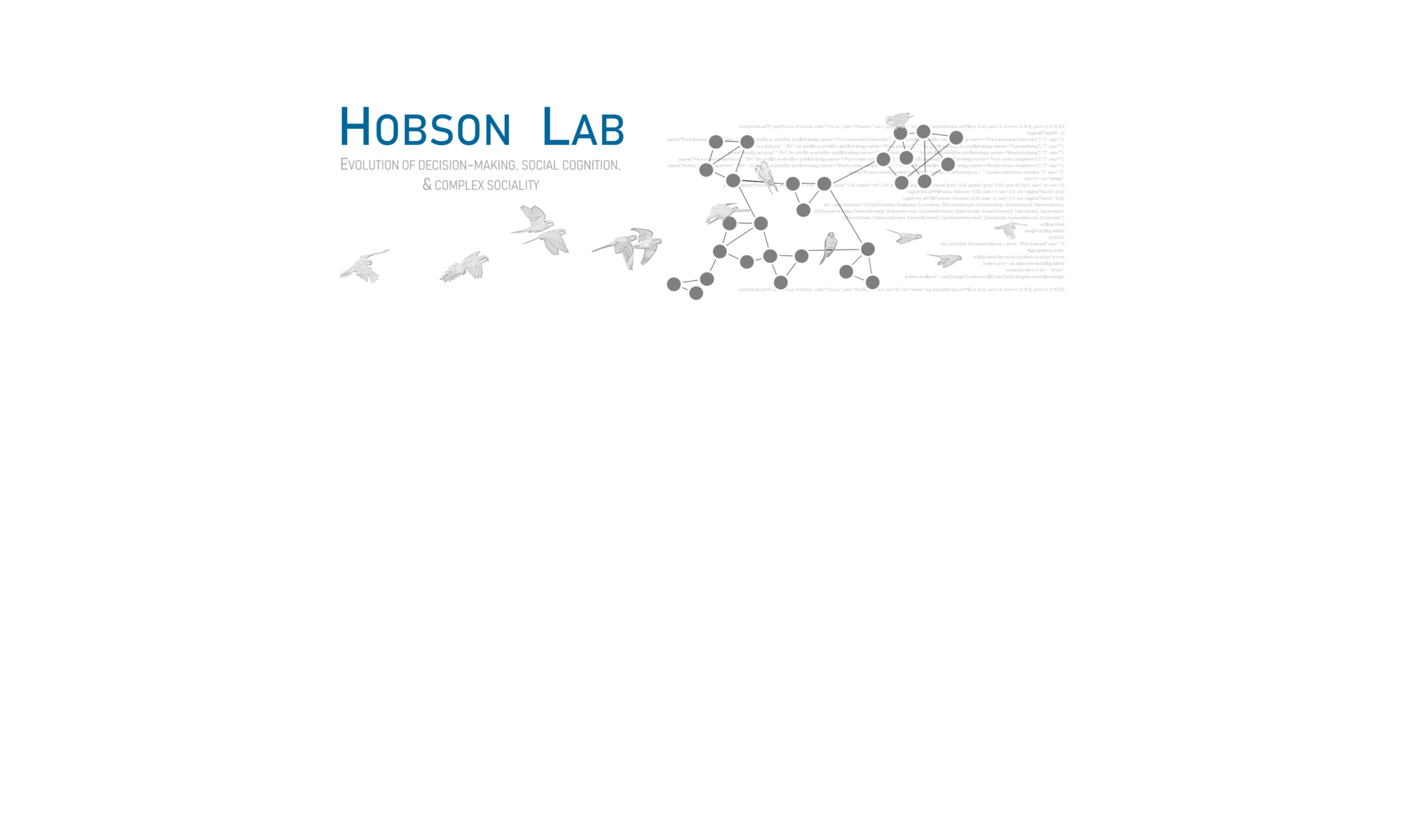I participated in writing a paper, led by David Fisher, Julia Kilgour, and Erin Siracusa, where we summarize the existing evidence on how changes in abiotic environmental conditions may impact intraspecific social interactions.
The paper is available (open access) here: https://onlinelibrary.wiley.com/doi/full/10.1111/brv.12772
Abstract
Social interactions are ubiquitous across the animal kingdom. A variety of ecological and evolutionary processes are dependent on social interactions, such as movement, disease spread, information transmission, and density-dependent reproduction and survival. Social interactions, like any behaviour, are context dependent, varying with environmental conditions. Currently, environments are changing rapidly across multiple dimensions, becoming warmer and more variable, while habitats are increasingly fragmented and contaminated with pollutants. Social interactions are expected to change in response to these stressors and to continue to change into the future. However, a comprehensive understanding of the form and magnitude of the effects of these environmental changes on social interactions is currently lacking. Focusing on four major forms of rapid environmental change currently occurring, we review how these changing environmental gradients are expected to have immediate effects on social interactions such as communication, agonistic behaviours, and group formation, which will thereby induce changes in social organisation including mating systems, dominance hierarchies, and collective behaviour. Our review covers intraspecific variation in social interactions across environments, including studies in both the wild and in laboratory settings, and across a range of taxa. The expected responses of social behaviour to environmental change are diverse, but we identify several general themes. First, very dry, variable, fragmented, or polluted environments are likely to destabilise existing social systems. This occurs as these conditions limit the energy available for complex social interactions and affect dissimilar phenotypes differently. Second, a given environmental change can lead to opposite responses in social behaviour, and the direction of the response often hinges on the natural history of the organism in question. Third, our review highlights the fact that changes in environmental factors are not occurring in isolation: multiple factors are changing simultaneously, which may have antagonistic or synergistic effects, and more work should be done to understand these combined effects. We close by identifying methodological and analytical techniques that might help to study the response of social interactions to changing environments, highlight consistent patterns among taxa, and predict subsequent evolutionary change. We expect that the changes in social interactions that we document here will have consequences for individuals, groups, and for the ecology and evolution of populations, and therefore warrant a central place in the study of animal populations, particularly in an era of rapid environmental change.
Conclusions
- Animals frequently show changes in their social behaviours due to changing environments. This ranges from responses that act to maintain fitness in the face of environmental change to responses that are probably pathological. We can therefore expect populations to show different patterns of social interactions in the future.
- In general, we can expect a decrease, at least temporarily, in complex and costly social interactions in the future. This is due to more variable, more polluted, more fragmented, and more disturbed environments disrupting existing social structures by reducing group stability, increasing energetic demands, and jamming communication systems. We may however see an increase in interactions that facilitate energy savings or promote survival, such as social grouping in dry conditions.
- The diversity of effects that we have documented does not necessarily imply that future changes are unpredictable. Changes in social behaviours are typically dependent on the ecology or natural history of the organism in question. This means that we can predict more accurately the response of a population to environmental change when we account for its ecology, such as whether the limiting factor for an organism’s reproduction is access to food, space, or available mates, and so on.
- A given social behaviour can be influenced by several of the environmental changes expected in the future, and not necessarily in the same direction. Therefore, overall changes may not follow simple or narrow predictions. This means that we must appreciate multiple stressors when predicting future changes in any behaviour and forthcoming work should attempt to understand the synergistic or antagonistic effects of multiple axes of environmental change.
- Methodological and analytical techniques like social network analysis are promising tools to uncover consistent patterns across a range of taxa. Meanwhile, determining whether populations will show plastic or evolved responses, and using the indirect genetic effects framework, will help us to predict how populations could evolve in response to novel environmental conditions.
- Overall, we have given a general account of how animal social behaviours are predicted to change in the future as the environment changes. If changes are underpinned by plasticity, overall biodiversity or complexity may be maintained under a broad range of environmental conditions. However, genetically canalised social behaviours are likely to be comparatively more susceptible to environmental change, and less recoverable too. Along with declines in the abundance and diversity of animals, potential declines in biodiversity in the form of social interactions should be appreciated. Alterations to social interactions with changing environments should be monitored, understood, and managed.
Impact





